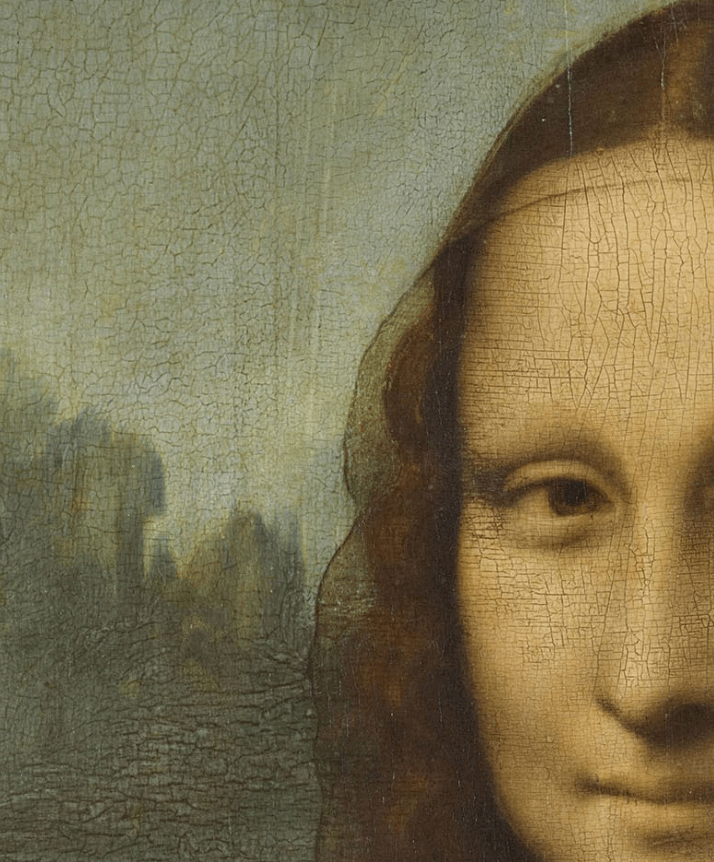Carmen Herrera
- Slava Prakhiy

- Apr 16, 2021
- 2 min read
Who needs art historians after all?
⠀
In a recent essay, I had to define the discipline of art history and delineate my place within it. Truth is – I have been contemplating these issues for a very long time. At the very basic level - we are gatekeepers to treasure troves of riveting stories and anecdotes about artists and their incredible art. At the more nuanced and pragmatic level, I would define art historians as mediators between artists and their audiences.
⠀
But does art really need such mediation? I wonder if all art historians are plagued by these self-doubts…
⠀
For instance, from the perspective of art history, what would you want to know about an artist such as Carmen Herrera?
⠀
Would you want to know that she is a Cuban-American artist? That she challenged the male-dominated world of AbEx in the 1950s and prefigured Minimalist style? That she was “discovered” by the art world at the ripe old age of 87? That she is 105 now and still creates incredible work that is collected by museums such as Tate, Whitney and MoMA?
⠀
Or perhaps you would prefer to hear from Carmen herself? Here are a few marvelous quotes:
⠀
“There is a saying: if you wait for the bus, the bus will come. I waited almost a century and the bus came.”
⠀
“I take something that I think is finished and then I take something out – and it’s better.”
⠀
“I love straight lines, I like angles, I like order. In the chaos that we live in, I like to put some order… That’s why I am a geometric painter.”
⠀
“Usually artists are not the best people to talk about art. You cannot talk about art – you have to art about art.”
⠀
As an art historian, I am thankful for the privilege of sharing stories about brilliant and fascinating people like Carmen Herrera.
⠀
But I would love to hear from you – how do you feel about art historians, curators and other mediators of the art world? What do you expect from us?
⠀
Blanco y Verde, 1959, Whitney Museum of American Art

Blanco y Verde, 1966–67, private collection

Green and Orange, 1958, collection of Paul and Trudy Cejas

Irlanda, 1965, Collection of Pérez Simón

Siete, 1949, collection of Paul and Trudy Cejas

The Way, 1970, Private collection






Comments